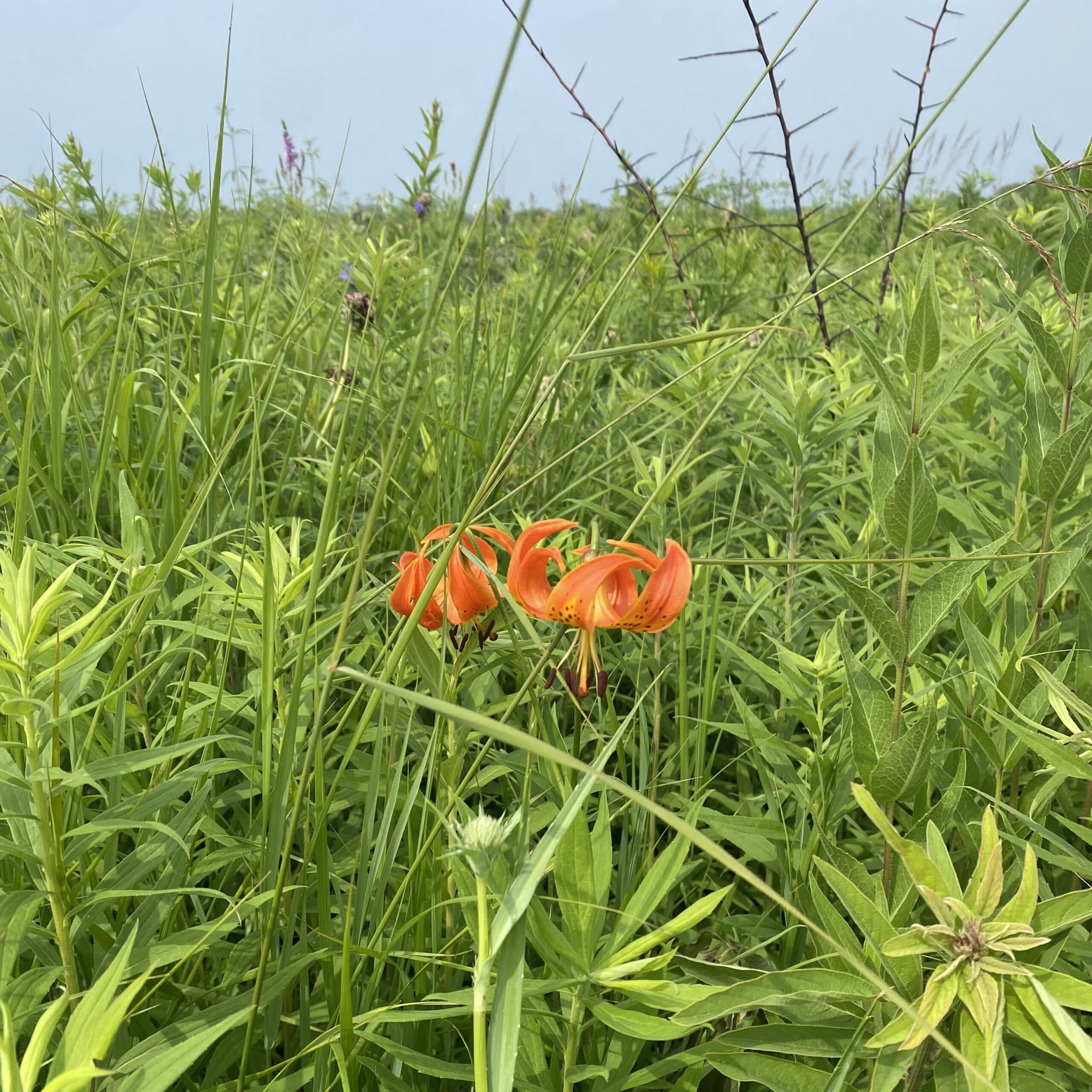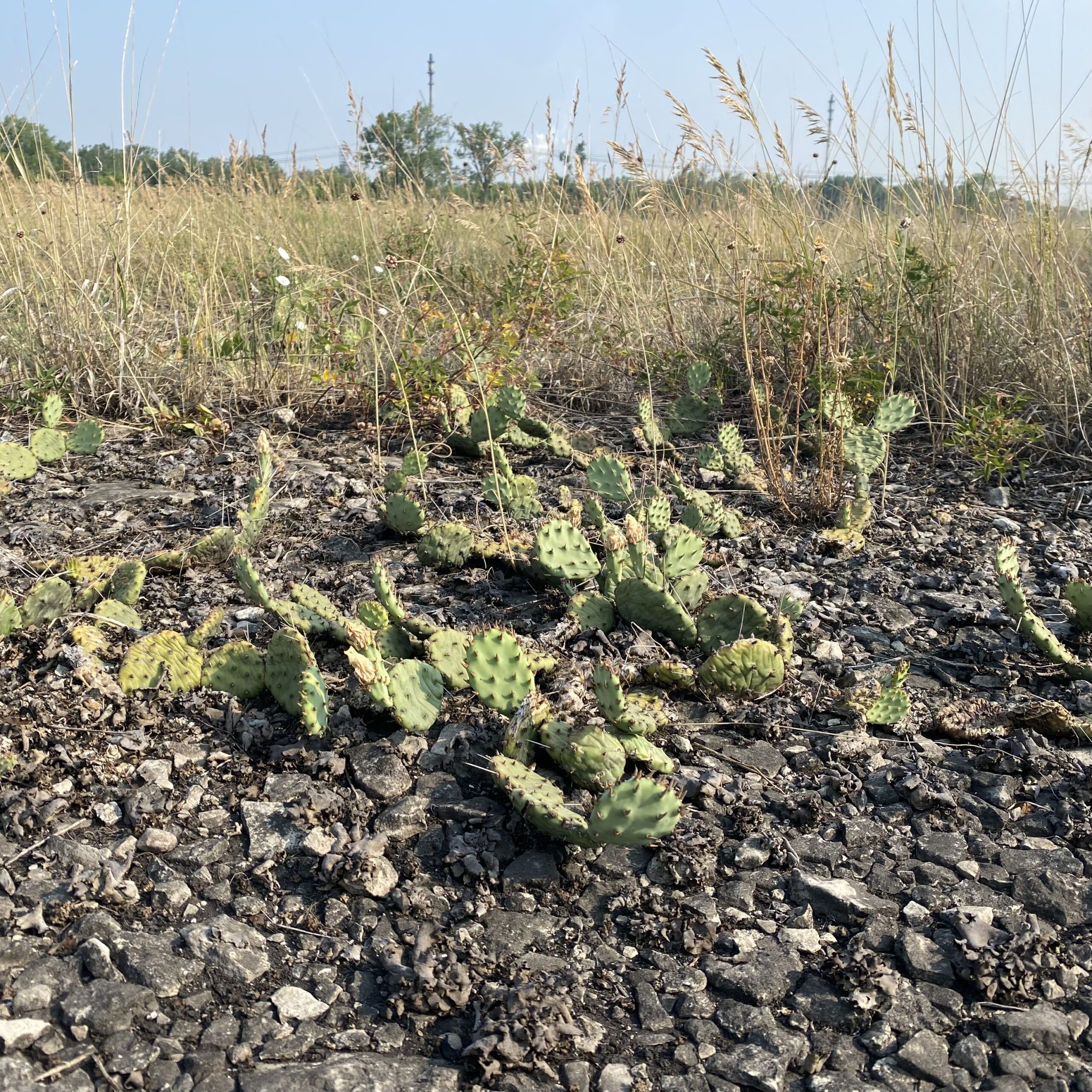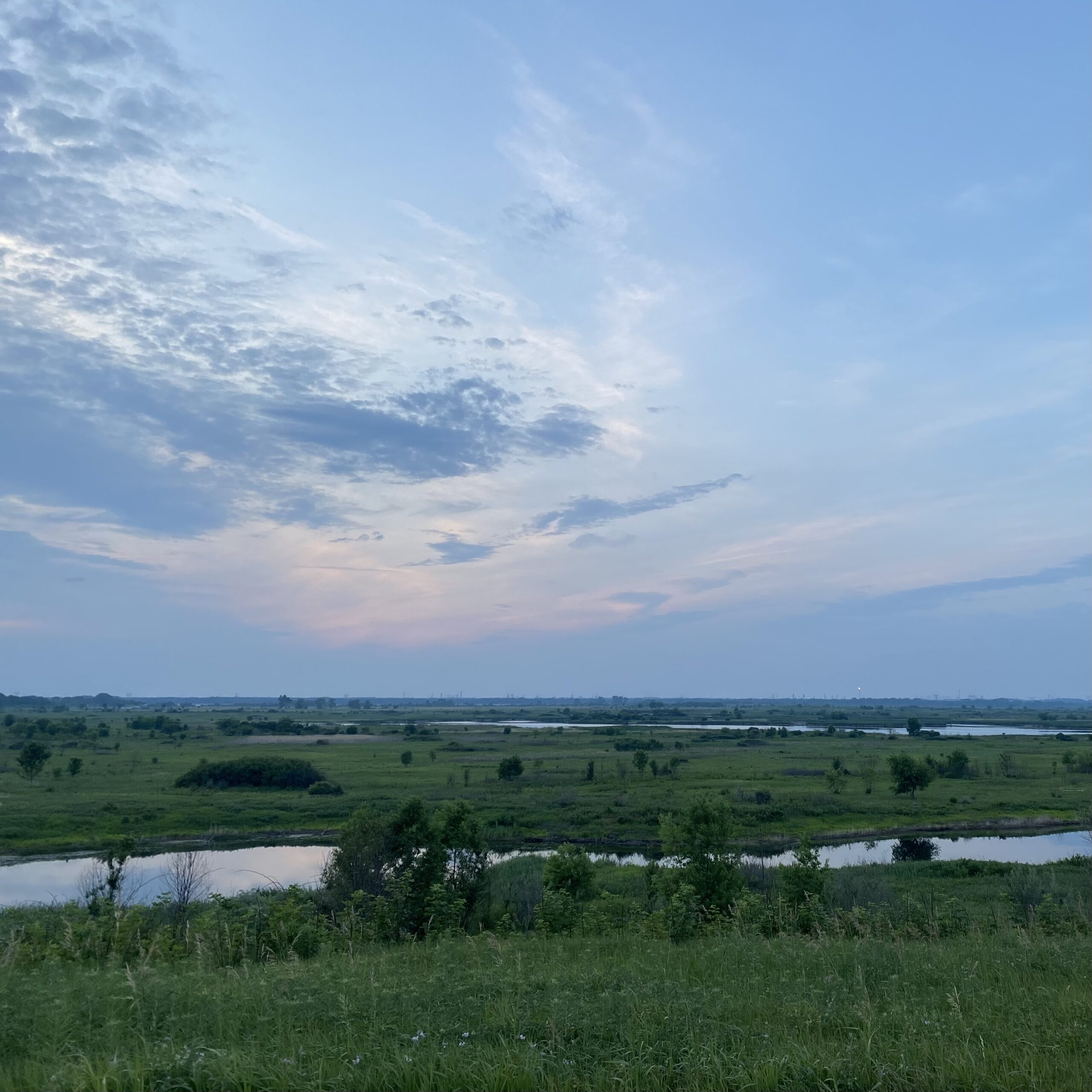The first month of this internship has been adventure at every turn. We started with helping the forest service technicians with common garden experiments. We have been studying how certain plants are growing, and the amount of herbivory that is present on them. We have taken breaks to look for Lomatium dissectum and Eriogonum umbellatum.
LODI
ERUM
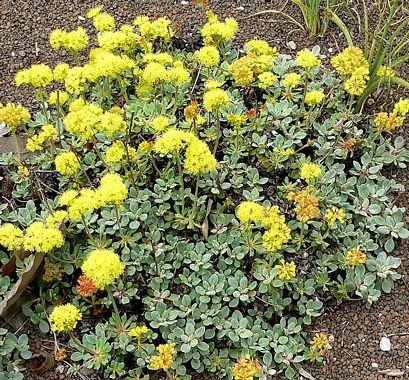
It has been fun hunting for our target species, and we were able to find some LODI and ERUM up at Bogus Basin, but there were not enough seeds to harvest. All life was going well until things got a bit crazy. We went to Modoc Plateau to get tissue samples of various target species from a range of different wetland sites. We were cruising along, making good progress and driving through some pretty intense backcountry roads. It was day 3 of our trip, when we were not careful enough and ended up getting stuck in a huge mud bog! It took us a day to be rescued, and even then we had to work together to pull the truck out of the mud. It took a ford F-250 to help pull a ford F-150 (Mountain goat).

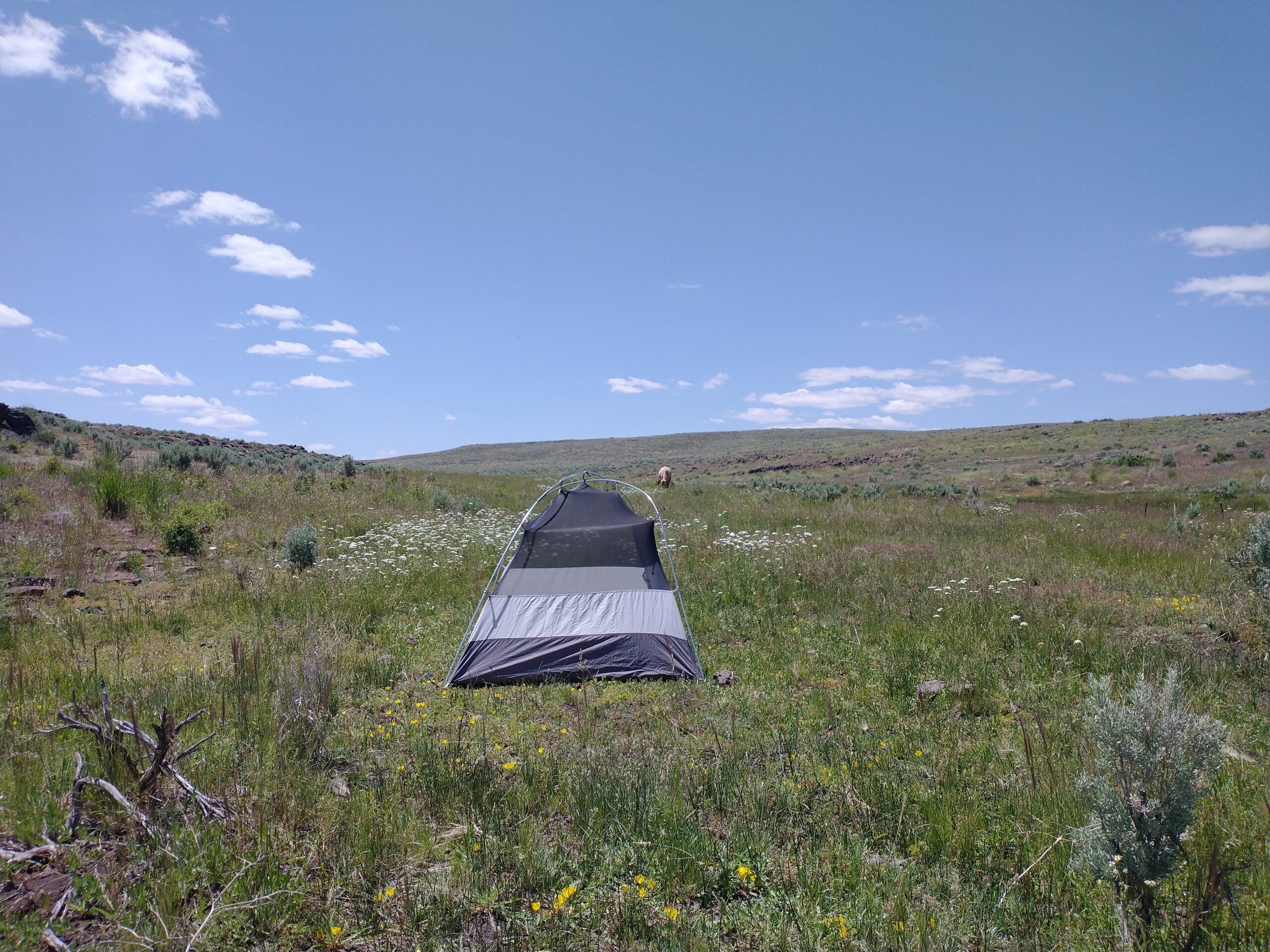

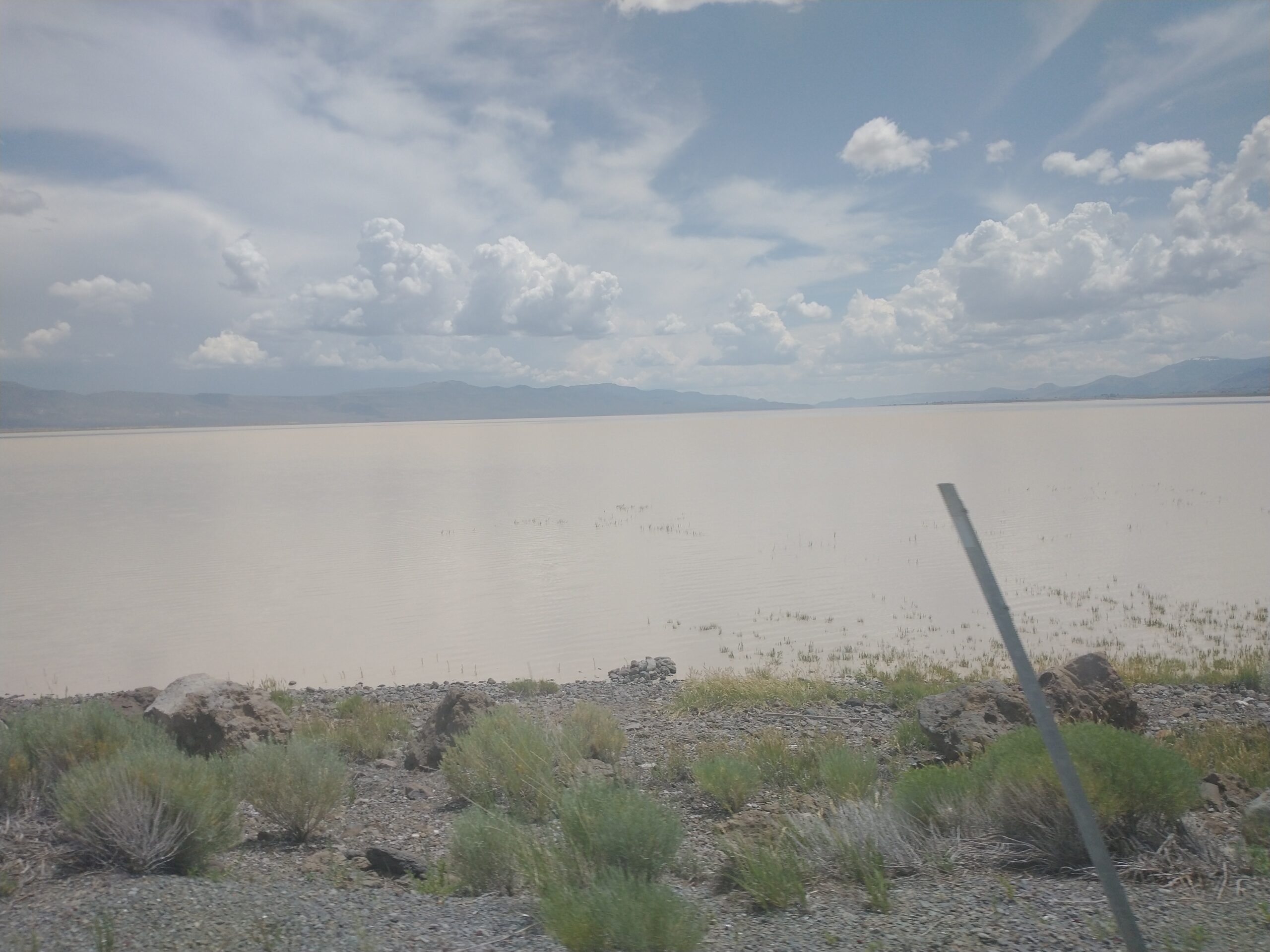
All in all it was a great bonding experience, and a memory I will never forget. You live and you learn!

